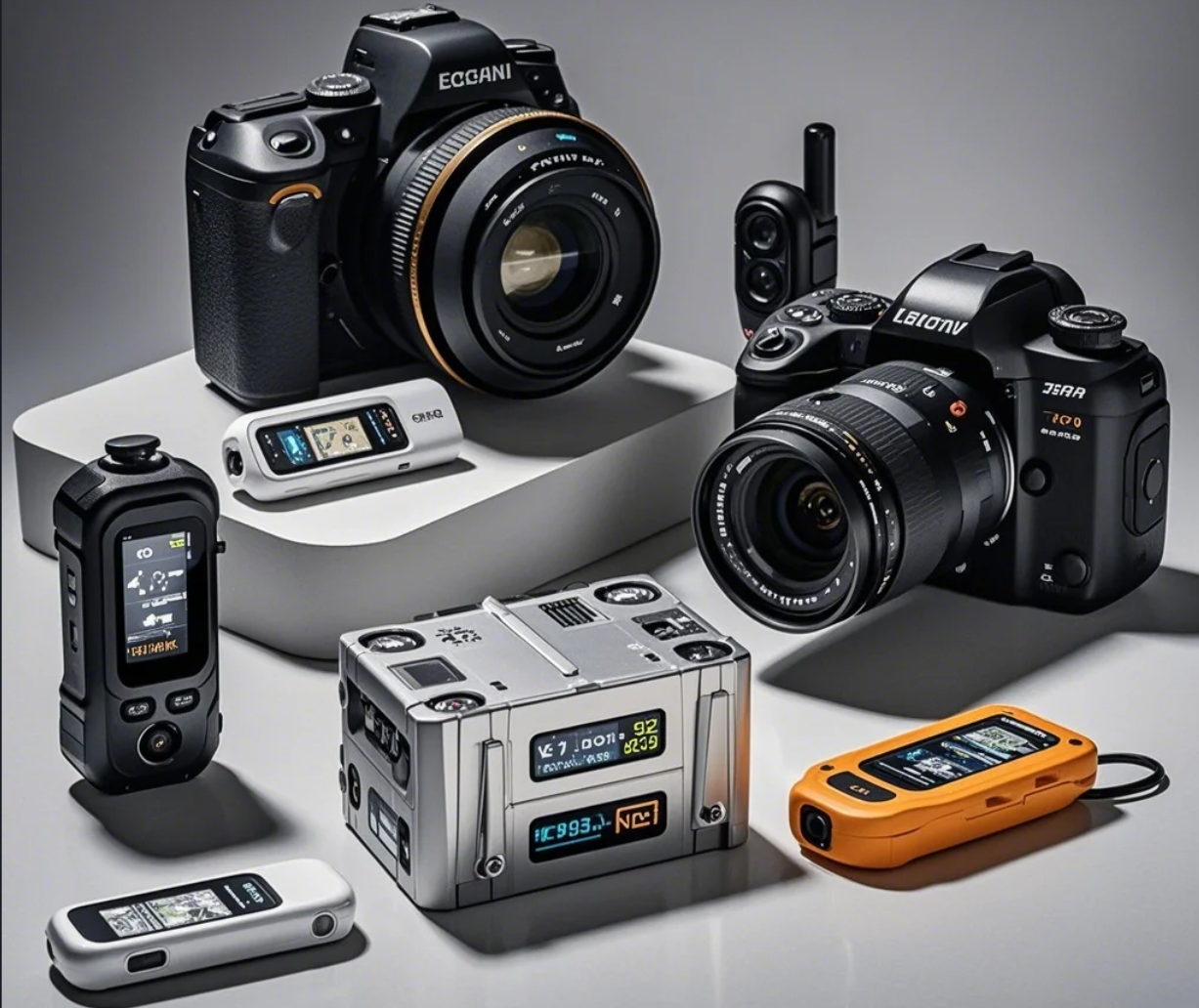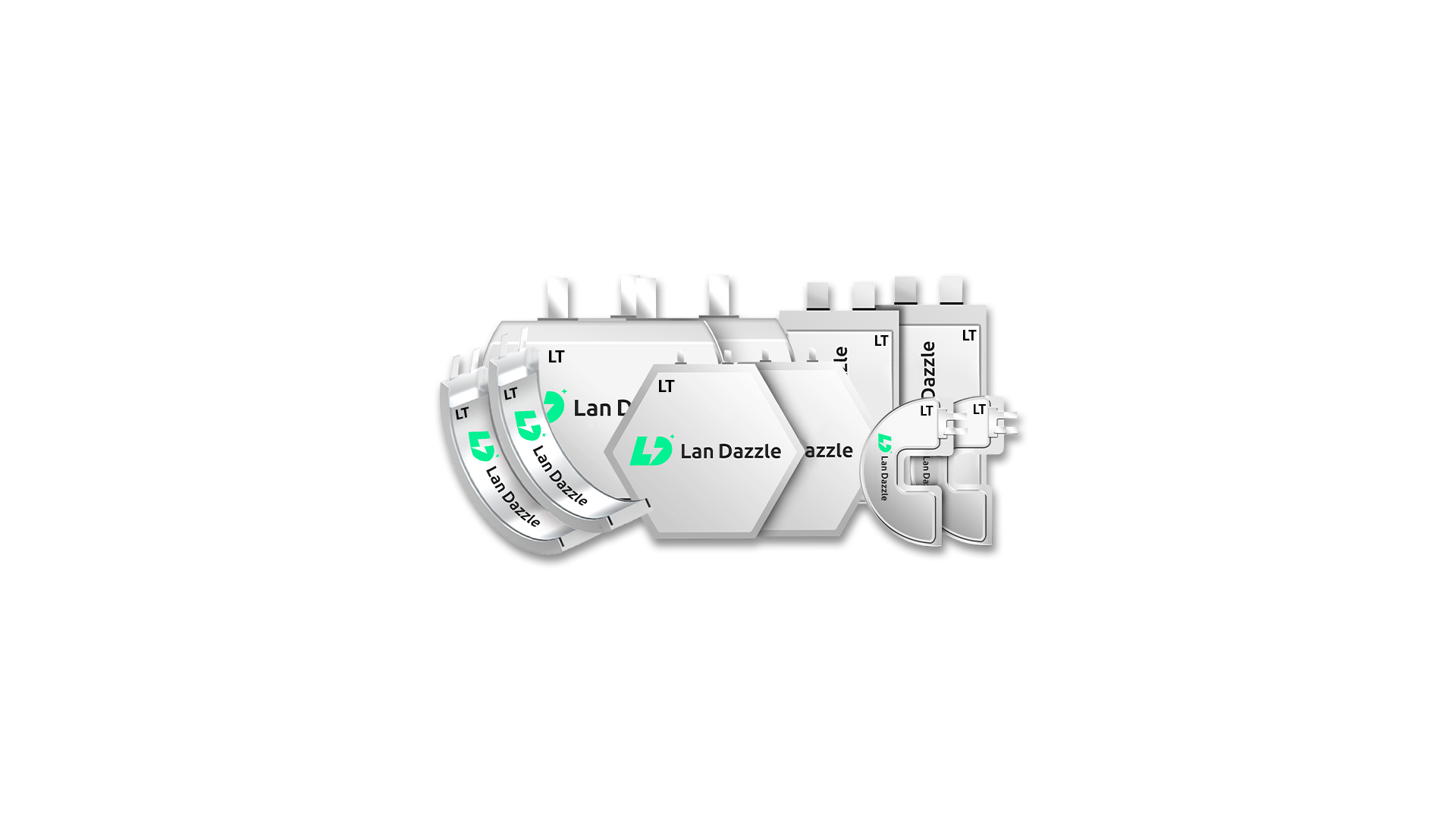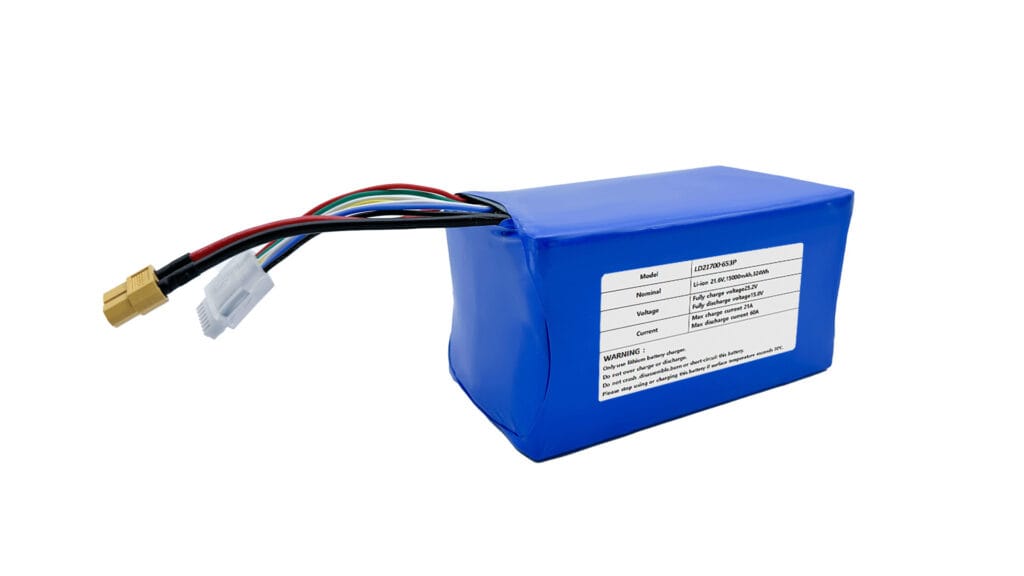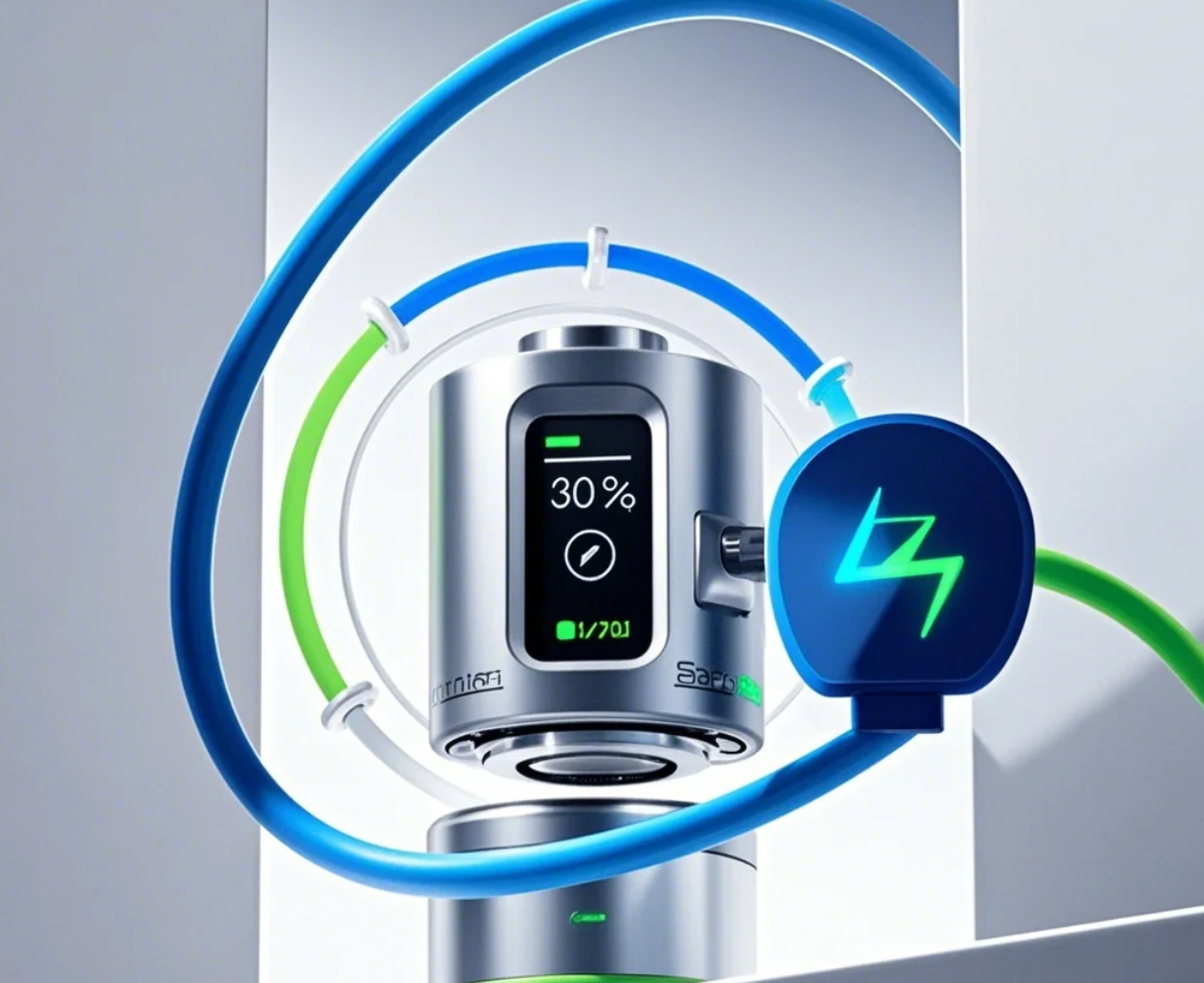Introduction
In today’s demanding professional landscape, particularly within the realms of photography and logistics, the reliability of your equipment’s power source is paramount. Whether capturing fleeting moments with a high-end camera or ensuring the seamless tracking of valuable assets across vast distances, consistent and dependable power is non-negotiable. Lithium batteries have emerged as the undisputed champion for powering both high-performance cameras and essential tracking devices, offering a superior combination of energy density, extended lifespan, and lightweight portability.
This article will serve as a comprehensive guide to navigating the world of lithium batteries, empowering professionals like you to select the best lithium battery for cameras and tracking device. We will delve into the diverse types of lithium batteries available, meticulously explore the critical factors to consider during your selection process, and highlight the distinct advantages of customized battery solutions offered by innovative providers like Lan Dazzle, designed to elevate your professional workflow.
Understanding the Power Demands of Cameras and Tracking Devices
The energy requirements of professional cameras and tracking devices can vary significantly depending on their specific functionalities and operational demands. A seasoned photographer utilizing a full-frame DSLR with continuous shooting capabilities and frequent use of external flashes will undoubtedly have a higher power consumption rate compared to a logistics manager deploying compact GPS trackers for basic location monitoring.
For photography professionals, factors such as sensor size, image stabilization, live view usage, video recording resolution and duration, and the intensity of flash bursts all contribute to the overall battery drain. Typically, professional DSLR and mirrorless camera batteries range from 1500mAh to upwards of 3500mAh to support extended shooting sessions and demanding workflows. Conversely, in the logistics sector, tracking devices exhibit a wide spectrum of power needs based on their reporting frequency, data transmission methods (e.g., cellular, Bluetooth), sensor integration (e.g., temperature, humidity), and operational environment.
While a low-power Bluetooth asset tag might operate for months on a small coin-cell battery, a real-time GPS tracker with frequent location updates and data transmission could necessitate a much larger lithium battery, potentially ranging from 500mAh to 10000mAh or more, to ensure continuous operation over extended periods. Precisely understanding the specific power demands of your equipment, meticulously measured in milliamp-hours (mAh) and the required operating voltage, is the critical first step in selecting the most appropriate lithium battery to guarantee optimal performance and prevent disruptive power failures in crucial professional scenarios.
Types of Lithium Batteries for Professional Use
The term “lithium battery” is an umbrella term encompassing several distinct electrochemical compositions, each possessing a unique set of performance characteristics and suitability for various applications. For professionals in photography and logistics, understanding the nuances of these different lithium battery types is essential for making informed purchasing decisions.
- Lithium-ion (Li-ion) batteries represent the most prevalent type found in professional camera systems. Their defining characteristic is their high energy density, meaning they can store a substantial amount of power within a relatively compact and lightweight form factor. This makes them ideal for portable devices where weight and size are critical considerations. Li-ion batteries also boast a respectable cycle life, typically ranging from 500 to 1000 charge-discharge cycles, offering a good balance between performance and longevity. Within the broad category of Li-ion batteries, various chemical subtypes exist, including Lithium Cobalt Oxide (LCO), Lithium Manganese Oxide (LMO), Lithium Nickel Manganese Cobalt Oxide (NMC), and Lithium Nickel Cobalt Aluminum Oxide (NCA). Each of these chemistries offers slightly different trade-offs in terms of power output, thermal stability, cost, and lifespan, catering to specific performance requirements.
- Lithium Polymer (LiPo) batteries have gained significant traction, particularly in smaller and more compact tracking devices and some action cameras. Their primary advantage lies in their lightweight nature and the remarkable flexibility in their manufacturing process, allowing them to be molded into virtually any shape or size. This design versatility makes them ideal for devices with unconventional form factors or limited internal space. While their energy density is generally comparable to some Li-ion chemistries, their cycle life might be slightly shorter, typically ranging from 300 to 500 cycles. However, their adaptability makes them a compelling choice for portable and often disposable tracking solutions.
- Lithium Iron Phosphate (LiFePO4) batteries stand out for their exceptional safety profile, remarkably long cycle life (often exceeding 2000 cycles and sometimes reaching several thousand), and excellent thermal stability. While their energy density might be slightly lower compared to other lithium chemistries, their inherent robustness and longevity make them particularly well-suited for demanding industrial applications, including certain types of logistics tracking devices that require reliable and safe power operation in potentially harsh or extreme environments. Their enhanced safety features also minimize the risk of thermal runaway, making them a preferred choice for applications where safety is paramount.
Key Factors to Consider When Choosing a Lithium Battery
Selecting the best lithium battery for cameras and tracking devices involves careful consideration of several key factors to ensure peak performance, longevity, and safety.
- Capacity (mAh): Measured in milliamp-hours (mAh), capacity directly dictates the amount of energy a battery can store and, consequently, how long your device can operate on a single charge. Higher mAh ratings translate to longer runtime, crucial for extended photography sessions or prolonged tracking deployments.
- Voltage (V): Ensuring the battery’s voltage precisely matches the requirements of your camera or tracking device is absolutely critical. Using a battery with an incorrect voltage can lead to device malfunction or even permanent damage. Always refer to your device’s specifications or the original battery for the correct voltage.
- Size and Weight: For photographers constantly on the move, the size and weight of the battery can significantly impact portability and overall comfort during long shoots. Similarly, in logistics, the size and weight of the battery might influence the overall size and ease of deployment of the tracking device.
- Cycle Life: The cycle life refers to the number of times a battery can be fully charged and discharged before its capacity starts to significantly degrade. For professionals who frequently recharge their batteries, a higher cycle life translates to a longer overall lifespan and better long-term cost-effectiveness.
- Discharge Rate: The discharge rate indicates how quickly a battery can deliver its stored energy. For professional cameras, especially during rapid burst shooting or high-definition video recording, a battery with a high discharge rate is essential to provide the necessary power without performance bottlenecks.
- Operating Temperature: Extreme temperatures can significantly impact a lithium battery’s performance and lifespan. Consider the typical operating environment of your cameras and tracking devices and choose batteries designed to function reliably within those temperature ranges. Some lithium battery types, like LiFePO4, exhibit better thermal stability.
- Safety Features: Reputable lithium battery manufacturers incorporate various safety features, such as overcharge protection, over-discharge protection, and short circuit protection, to prevent damage and ensure safe operation. Always prioritize batteries from trusted brands with robust safety mechanisms.
- Brand Reputation and Reliability: Opting for batteries from well-established and reputable brands is generally a wise decision. These manufacturers often adhere to stringent quality control standards and offer reliable products with consistent performance.
Introducing Lan Dazzle: Customized Lithium Battery Solutions
In the pursuit of optimal power solutions tailored to the specific demands of professional photography and logistics, Lan Dazzle emerges as a leading provider of customized lithium battery solutions. Recognizing that off-the-shelf batteries may not always perfectly align with the unique requirements of specialized equipment, Lan Dazzle offers a comprehensive range of customization options designed to enhance performance, extend battery life, and improve overall reliability.
The benefits of choosing customized lithium batteries from Lan Dazzle are manifold. For professional photographers, this could mean batteries precisely engineered for their specific camera models, offering optimized voltage and higher mAh ratings for extended shooting times without adding unnecessary bulk. Imagine a wildlife photographer on a multi-day expedition requiring batteries with exceptional capacity and the ability to withstand varying temperature conditions – Lan Dazzle can tailor a solution to meet these exact needs.
Similarly, for the logistics sector, Lan Dazzle can customize batteries for various tracking device types, ensuring optimal power delivery for specific reporting frequencies and environmental challenges. This could involve designing ruggedized battery packs with extended cycle life for long-term asset tracking in demanding industrial settings or creating batteries with specific voltage outputs and connector types to seamlessly integrate with existing tracking hardware. Lan Dazzle’s expertise in battery technology allows them to tailor capacity, voltage, size, shape, and even incorporate specialized features like enhanced temperature resilience or specific discharge characteristics, ultimately empowering professionals in photography and logistics with power solutions precisely matched to their critical operational requirements.
Recommendations: Best Lithium Batteries for Different Needs
While specific recommendations will depend on the precise models of cameras and tracking devices used, here are some general guidelines, keeping in mind the potential for customization with Lan Dazzle:
- For Professional Photography: For high-end DSLRs and mirrorless cameras, high-capacity Lithium-ion batteries are generally the best choice due to their excellent energy density. Consider Lan Dazzle’s customized options for your specific camera model to achieve the absolute best performance and runtime tailored to your shooting style. Look for batteries with a high mAh rating and a discharge rate suitable for continuous shooting and video recording.
- For Logistics Tracking Devices: The ideal battery type will depend on the specific application. For long-term asset tracking where safety and longevity are paramount, Lithium Iron Phosphate (LiFePO4) batteries offer an excellent solution. For smaller, more portable trackers, Lithium Polymer (LiPo) batteries might be preferred due to their design flexibility. However, for optimized performance and extended battery life in demanding logistics scenarios, explore Lan Dazzle’s customized lithium battery solutions designed to meet the specific voltage, capacity, and environmental requirements of your tracking devices.
- Always prioritize checking the manufacturer’s recommendations for your specific camera and tracking device models. Ensure that the voltage and connector type of any replacement or customized battery are fully compatible with your equipment.
Battery Maintenance and Safety Tips
Proper maintenance and handling of lithium batteries are crucial for maximizing their lifespan and ensuring safe operation. Avoid exposing batteries to extreme temperatures (both hot and cold). Store batteries in a cool, dry place, ideally partially charged (around 40-50%) when not in use for extended periods. Always use chargers specifically designed for lithium batteries and avoid overcharging. Never puncture, crush, or expose batteries to fire or water. If a battery appears damaged, discontinue use immediately and dispose of it properly according to local regulations.
Conclusion
Selecting the best lithium battery for your professional cameras and tracking devices is a critical decision that directly impacts your productivity and the reliability of your operations. By understanding the power demands of your equipment, the different types of lithium batteries available, and the key factors to consider during your selection process, you can make informed choices that optimize performance and longevity. Furthermore, exploring customized battery solutions offered by providers like Lan Dazzle can provide a significant advantage, tailoring power solutions to your precise needs and unlocking new levels of efficiency and reliability in your professional endeavors. Carefully assess your requirements and invest in high-quality lithium batteries that will empower you to excel in your respective field.
FAQ
- What type of lithium battery is best for professional DSLR cameras?
Generally, high-capacity Lithium-ion batteries are preferred for professional DSLRs due to their energy density and performance. Consider exploring customized Li-ion options from Lan Dazzle specifically designed for your camera model for optimal results. - How long do lithium batteries typically last in GPS tracking devices used in logistics?
Battery life varies greatly depending on the tracker’s usage, reporting frequency, and battery capacity. Customized solutions from Lan Dazzle can offer extended battery life tailored to specific logistics tracking needs. - Are lithium polymer batteries a good option for small, portable tracking devices?
Yes, lithium polymer batteries are often a good choice for small, portable tracking devices due to their lightweight and flexible design, allowing for compact form factors. - What are the key safety considerations when using lithium batteries in professional photography equipment?
Avoid physical damage to the batteries, always use the correct charger, and do not expose batteries to extreme temperatures or moisture. Refer to the battery and device manuals for specific safety guidelines. - Can Lan Dazzle customize lithium batteries to improve the performance of my specific camera or tracking device model?
Yes, Lan Dazzle specializes in creating customized lithium battery solutions tailored to the unique voltage, capacity, and performance requirements of various professional cameras and tracking devices. Contact them to discuss your specific needs. - How do I properly store lithium batteries for camera and tracking devices when not in use?
Store lithium batteries in a cool, dry place, ideally at around 40-50% charge. Avoid storing them fully charged or fully discharged for extended periods to maximize their lifespan.





